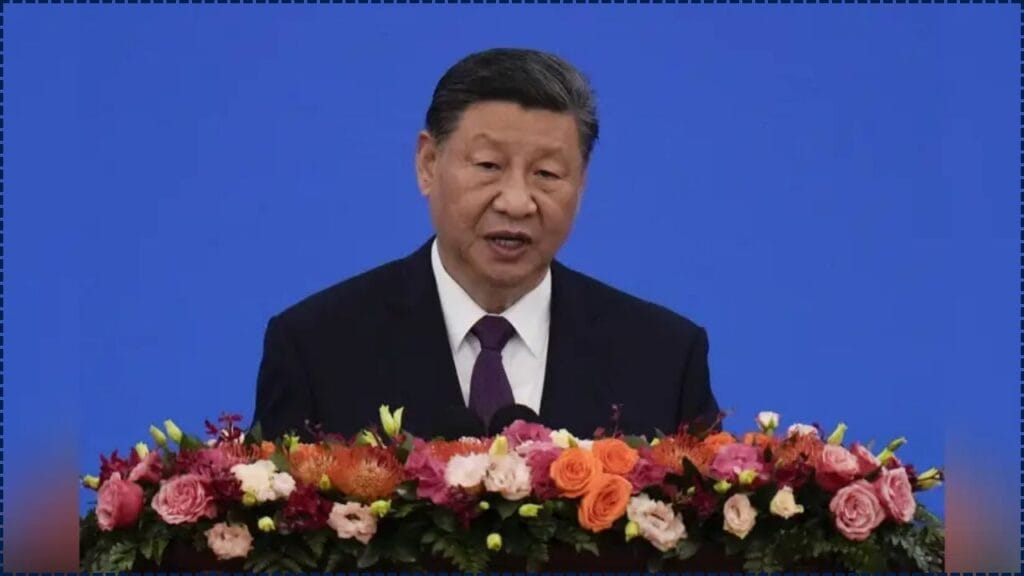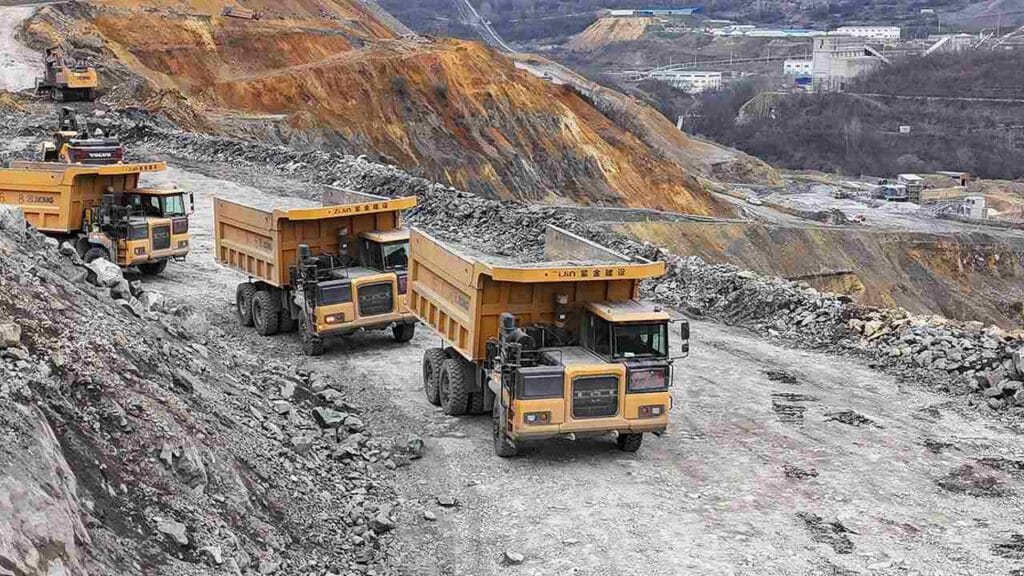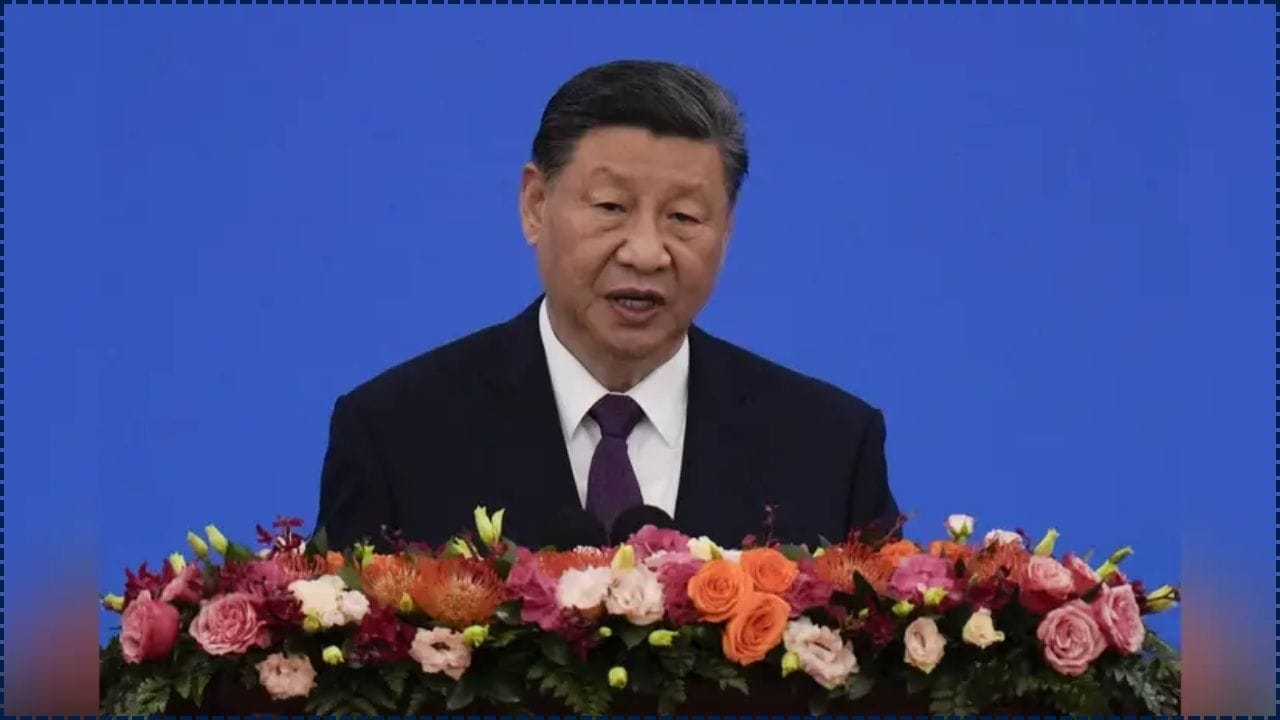China’s recent decision to strengthen export regulations on rare earth elements, vital for powering electric vehicles, smartphones, wind turbines, and defense systems, touches the heart of our interconnected global community. Announced in 2025, these changes invite us to reflect on our shared reliance on these precious resources and inspire a collective effort to foster sustainable solutions.

As supply chains adapt and industries from Silicon Valley to Stuttgart seek innovative paths forward, this moment calls for unity, encouraging policymakers and communities worldwide to collaborate with compassion and creativity, nurturing a resilient future where technology serves humanity and our planet with care.
For the average Joe and Jane, this might seem like background noise. But these metals are the invisible gears of our modern lives. And when China, which handles 90% of rare earth refining and a significant portion of global production, tightens the tap, the whole world feels the heat. These aren’t your run-of-the-mill minerals—they’re critical to how we live, work, travel, and protect our nations.
China Tightens Control Over Rare Metals
| Feature | Details |
|---|---|
| New Controls | Expanded export licensing for heavy rare earths and finished magnets |
| Export Drop | Rare earth exports down 75% since April 2025 |
| Industries Hit | EVs, smartphones, wind energy, defense systems |
| Strategic Materials | Samarium, terbium, dysprosium, neodymium, praseodymium, and magnet materials |
| US Legislation | Rare Earth Magnet Security Act (H.R.1496, 2025) fast-tracked |
| Global Prices | Non-China magnet prices up $10–30/kg, expected to rise to $180/kg or more |
The challenges surrounding rare earth elements are more than a supply chain hurdle—they’re a heartfelt call for global communities to come together in addressing a shared need. As China adjusts its policies on these vital resources, this moment inspires a collective response to nurture resilience and innovation. By diversifying sources, reimagining designs, and building sustainable infrastructure, we can foster independence in critical technologies, ensuring they serve humanity with care.
This opportunity unites us in a shared vision, encouraging compassionate collaboration to create a brighter, more equitable future for all. This isn’t just about gadgets. It’s about security, resilience, and how we treat the Earth that provides for us. Whether you’re an engineer, policymaker, or everyday consumer, this moment demands awareness, action, and a deeper respect for the materials that shape our modern lives.

Why It Matters
Rare earth elements, like the vital essence of technology, are precious resources that touch every aspect of our lives, from powering electric vehicles and wind turbines to enabling sleek smartphones and strengthening defense systems. These small but mighty materials nurture the dreams of clean energy, innovative gadgets, and secure communities.
This moment invites us to unite in gratitude for their role and to foster sustainable stewardship, ensuring these gifts of the Earth continue to support a vibrant, equitable future for all, with compassion and shared responsibility.
Global Impact Snapshot:
- Ford and Tesla: Struggling to source key magnet materials
- U.S. Defense Contractors: Facing delays in missile guidance systems and targeting technologies
- Wind Turbine Makers: Pausing new contracts while sourcing alternatives
- Smartphone Manufacturers: Delays in production lines and increased pricing pressures
- Medical Equipment Firms: Struggles in sourcing MRI-compatible magnetic components
China’s restrictions are part trade war move, part environmental policy, and part geopolitical strategy. While Beijing claims national security and ecological concerns, many see it as a powerful leverage play amid tensions with the U.S. and Europe.
What’s Being Done
Governments and corporations aren’t sitting idle. Here’s how they’re trying to fix the mess—or at least weather the storm.
1. Build at Home
- The U.S. is pushing domestic rare earth mines, including Mountain Pass, CA, and exploring deposits in Texas and Alaska
- Australia, Canada, and the EU are investing in processing plants and refining technology to reduce dependency on Chinese supply chains
2. Diversify Suppliers
- Mining projects in Tanzania, Myanmar, India, and Greenland are drawing interest
- Recycling initiatives and urban mining are ramping up to reclaim metals from old electronics and scrap
3. Rethink Designs
- Automakers are investing in ferrite magnets and induction motors to minimize rare earth usage
- Aerospace and defense industries are researching synthetic or ceramic-based alternatives
4. International Cooperation
- The U.S., Japan, and Australia have announced joint ventures to develop a resilient global rare earth supply chain
- Trade agreements now include critical minerals clauses to ensure smoother flows between allies
What This Means for Careers
This shake-up is transforming the job market and opening doors in high-demand fields:
| Career Field | Opportunities |
|---|---|
| Environmental Engineering | Designing eco-friendly and local rare earth extraction systems |
| Materials Science | Creating alternative magnetic materials and improving rare-earth efficiency |
| Trade Compliance | Navigating international export laws, sanctions, and licensing processes |
| Policy & Advocacy | Shaping national strategies for tech sovereignty and mineral independence |
| Supply Chain Management | Leading diversification, logistics optimization, and risk mitigation |
| Data Analysis & Forecasting | Predicting material demands, supply shocks, and price trends |
Related Links
Alien Metal? Scientists Find Otherworldly Element Hidden in Ancient Treasure Trove
Ancient Bracelet Forged From Extraterrestrial Metal Stuns Archaeologists
Scientists Discover 125,000-Year-Old Neanderthal Fat Factory in Germany
Indigenous Perspective
In Native teachings, what comes from the Earth is a gift, not a commodity. Resources like rare earth elements aren’t just tools—they carry spiritual and ecological weight. The land, in Indigenous cultures, is a living entity. When it’s out of balance, everything suffers.
China’s grip on rare earths is a modern echo of ancient wisdom: those who control the Earth’s blessings hold power. But with power comes responsibility. The U.S. and others would do well to learn from Indigenous principles of respect, sustainability, and reciprocity. That means listening to Native communities, preserving sacred lands, and extracting with mindfulness—not just profit in mind.
FAQs
Q: Are rare earths actually rare?
A: Despite the name, they’re relatively abundant—but not often found in concentrated, economically viable deposits.
Q: Why is China so dominant?
A: China heavily subsidized its mining and refining industry decades ago, building capacity while other countries outsourced.
Q: How long will shortages last?
A: Anywhere from 3 to 10 years, depending on how quickly alternative sources can come online and new tech is adopted.
Q: Are prices going up?
A: Absolutely. Prices have already surged 30–50%, and experts predict further hikes in the next 12–24 months.
Q: Is this tied to politics?
A: Yes. It’s linked to broader trade disputes, tech restrictions, and China’s efforts to assert economic sovereignty.








